We were having lunch in Usson – officially one of France’s “most beautiful villages”. Our table was on the terrasse of the Auberge de Margot, hanging on the edge at the top of the hill that gives Usson its spectacular views across the plains and stretching to the blue chain of extinct volcanoes 30 miles away.
And as we finished our meaty cabbage rolls, I looked around this little village and was reminded once again that Sarah Vowell** is right: “The more history I learn, the more the world fills up with stories.”
Usson – this quiet little village in the deep heart of France – is overflowing with stories from its rich history. Without them, it would be a delightful sunny spot, almost like a town in Provence, except that it’s in the vast open region of the Auvergne. With the stories, though, every little street and remnant of an ancient building whispers Usson’s connection to the mainstream of French history.
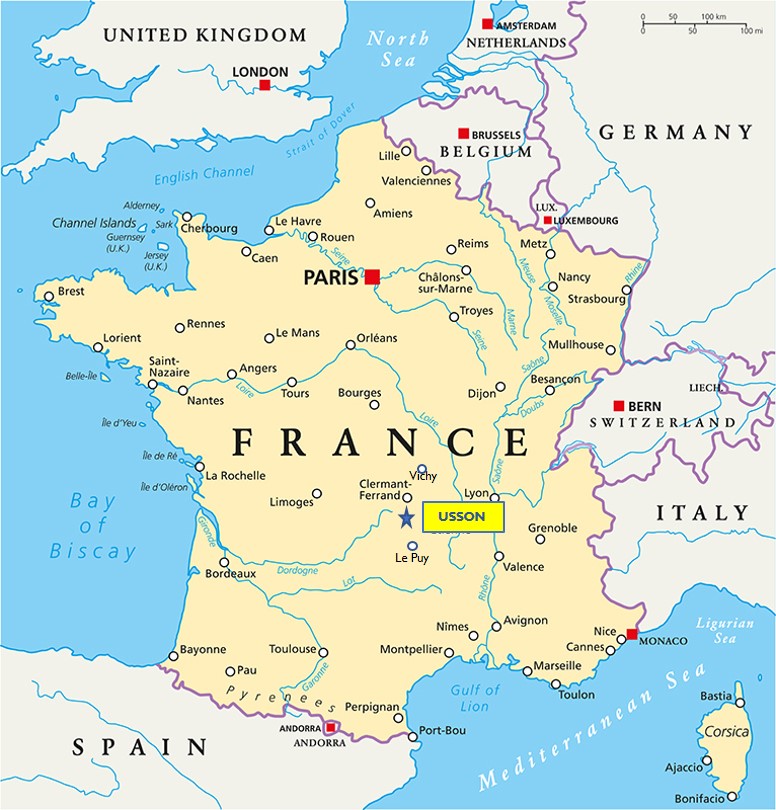
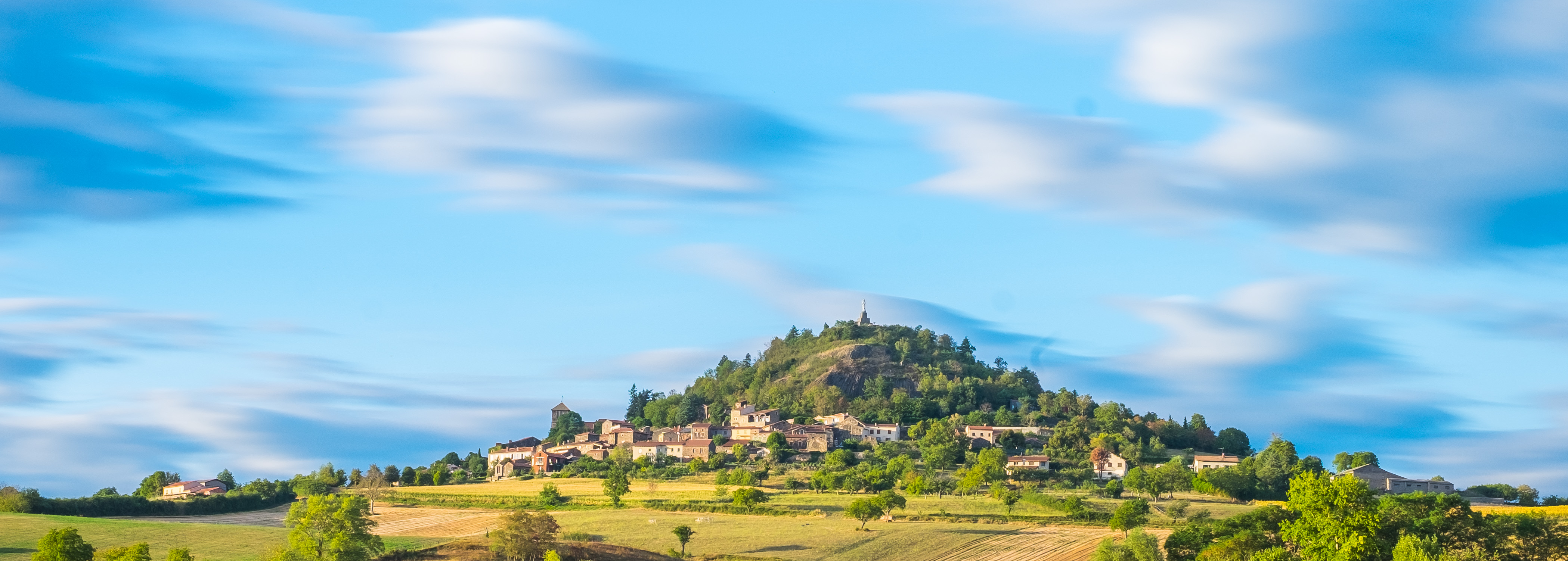
This is where the woman known popularly as “Queen Margot” spent 20 years in exile from the royal court in Paris. (Her real name was Marguerite de Valois, but her brother, King Charles IX, gave her the nickname that’s stuck since Alexandre Dumas published his sensational novel about her in 1845.)
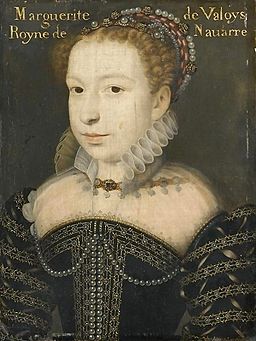
There’s no simple way to relate her story, which is as complex, bloody, and unbelievable as any in French history. By most accounts, she was an erudite and beautiful young woman when she came of age during the Wars of Religion that tore at France from 1562 to 1598. (She was also, perhaps, a little licentious – there are rich veins of unproven rumor echoed in Dumas’s novel that she took at least two of her brothers as lovers).
The confirmed Catholic daughter of King Henri II and Catherine de Medici, Margot was pushed into a marriage with the Protestant King Henri de Navarre. And although this was a political marriage and never an intimate relationship, she took the side of her Protestant husband against her own brother and mother…until she didn’t any more…until she finally came back as an ally. As you can imagine, she was in a tough spot; as she said in her memoirs, “the Huguenots suspected me because I was Catholic, and the Catholics suspected me because I was married to the King of Navarre, a Huguenot.”
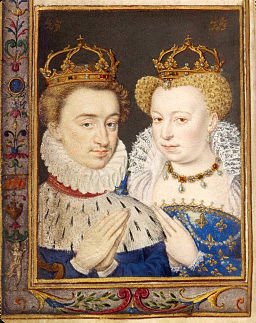
In fact, her wedding ceremony with Henri de Navarre was at the heart of one the bloodiest and most divisive events in all of France’s bloody, divisive history: the Saint Bartholomew’s Day Massacre on August 24th, 1572. It began in Paris, where thousands of Huguenot partisans had gathered (by invitation!) to participate in the marriage festivities. Catherine de Medici was pushing the marriage with Henri as a way to make peace between the religious factions – but Margot’s brothers apparently saw an opportunity to kill off “a few” of the Protestant leaders while they were all present in Paris.
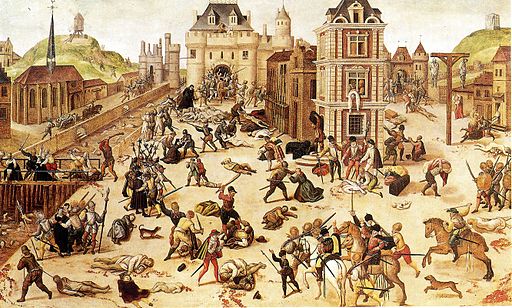
At this point, King Charles IX – a fragile, unsettling figure – either ordered or allowed his counselors to order the massacre of all the Huguenots and end the Wars of Religion by overwhelming force rather than negotiated peace. Dumas puts these chilling words in Charles’s mouth: “Kill them all so there’s no one left to blame me.” Historians estimate that 3,000 Protestants were killed almost immediately in Paris, and 5,000 to 10,000 more died as the violence spread to cities like Bourges, Lyon, and Toulouse.
Margot stood up for her new husband amid this horror and helped him escape – but by now she was trusted by no one. Her brother Charles IX died two years later and Henri III – the brother who apparently pushed for the massacre – took over as King. Margot joined up with her younger brother, François d’Alençon, and supported the Huguenot party called the Malcontents as the next wave of religious war wracked France.
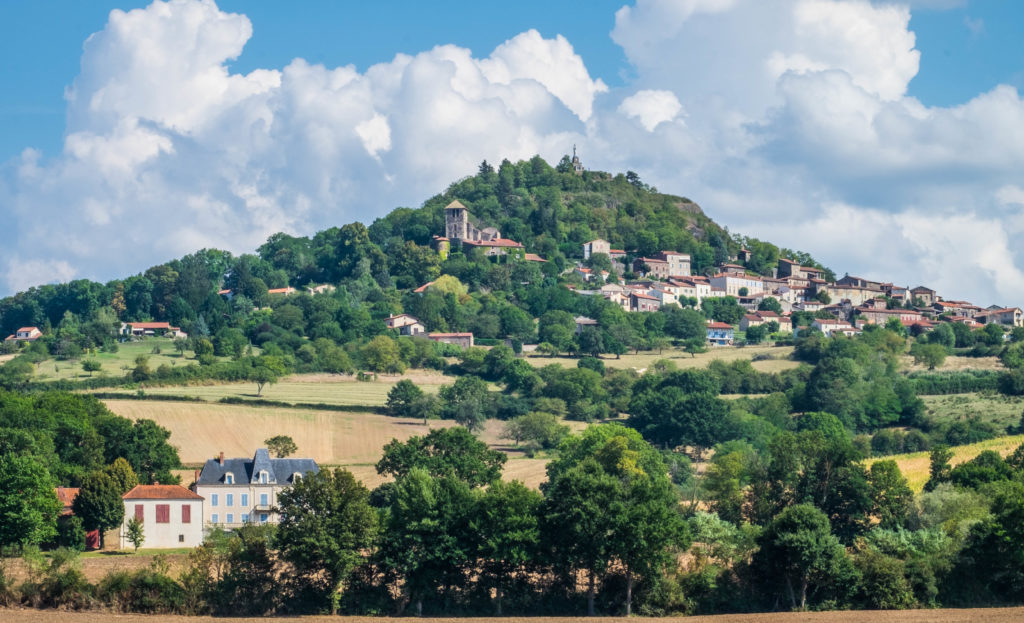
Did I mention her story was complex and a little hard to follow? Unsurprisingly, King Henri III took offense at his sister’s opposition, and King Henri de Navarre didn’t want to have anything to do with her…so Margot was banished from the court in Paris and eventually sent off to one of Catherine de Medici’s properties in the Auvergne – at Usson!
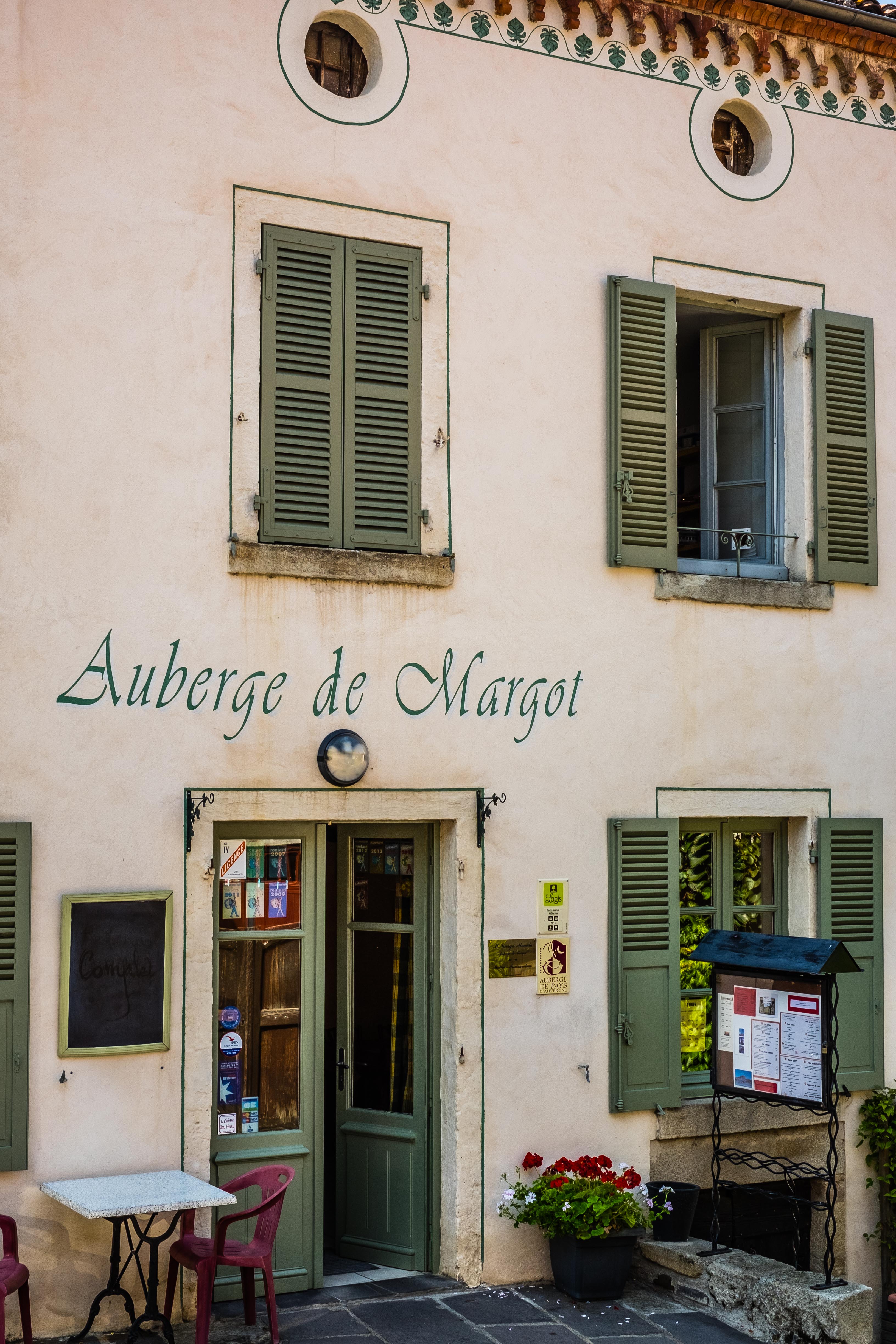

Usson had been important in French history long before Queen Margot arrived there in 1585. Perched on a volcanic butte 600 meters above the plain below, it was a natural site for the great fortress built there in the 1300s by Duke Jean de Berry. Louis XI made it a prison in the 1400s. Reportedly one of the most impenetrable castles in the kingdom of France, it was a natural place for Margot to assemble her own court in exile.
For almost 20 years, Marguerite de Valois – “Queen Margot” – walked the streets of this little town, praying in one of the side chapels of the beautiful Romanesque church, contemplating the same gorgeous panoramic views we see now from the terrasse at the Auberge de Margot. Even more, she effectively took over as ruler of this fief and brought poets, writers, and musicians into her circle at Usson. As the sign at the entrance to the village says, “she helped the poor and lived a pious life…without neglecting, nevertheless, her love life.”
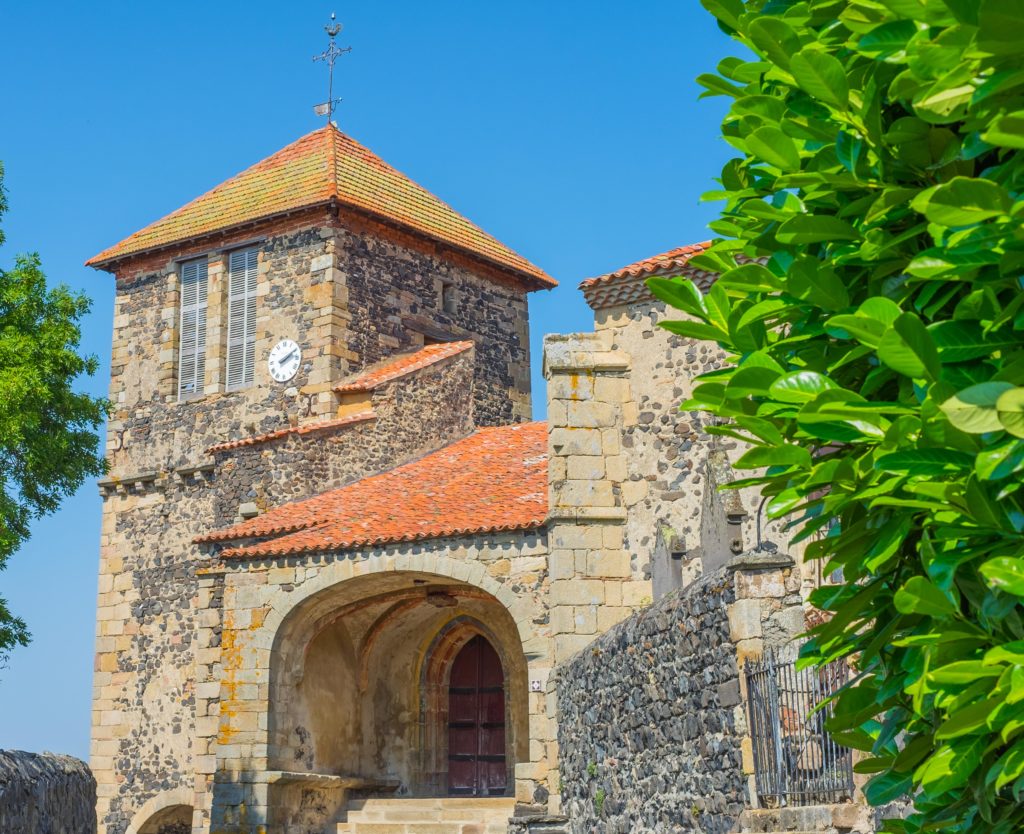
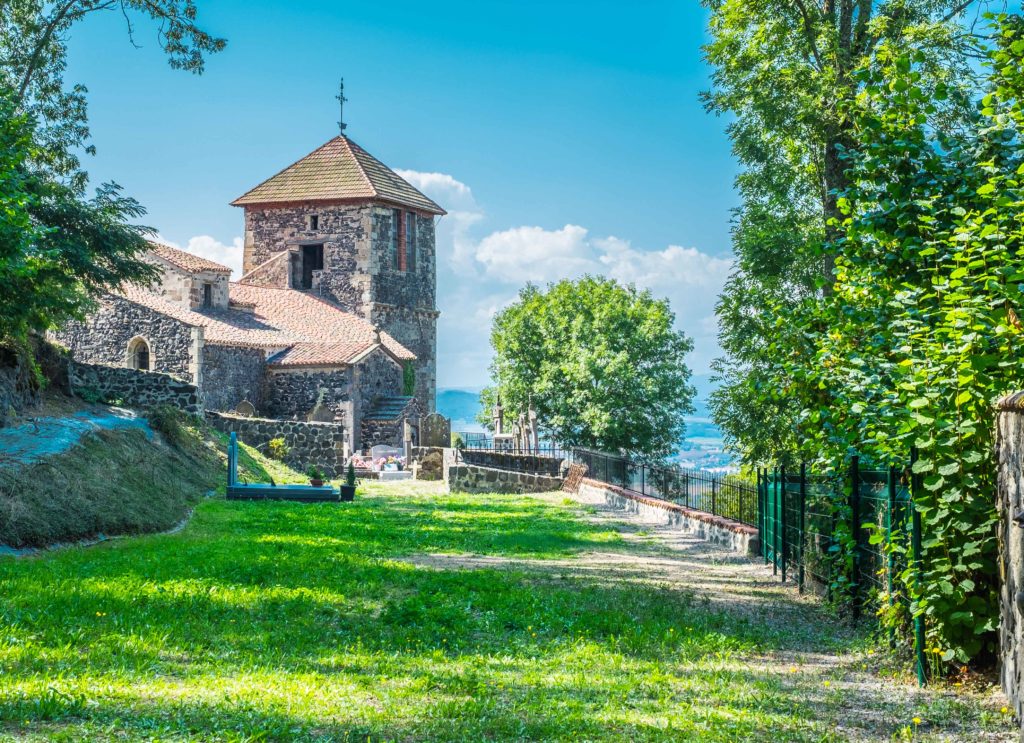
While she was in Usson, Margo also tended to her political life. Her mother (Catherine de Medici) died in 1589 and the brother she opposed for so long (Henri III) was assassinated that same year. Henri de Navarre at long last became King Henri IV of France. In a grand bargain, he worked with Margot to secure an annulment for their marriage in 1599, allowing him to remarry; in return, he insured she would be financially secure.
Margot launched a long legal process to take back her right to inherit the de Medici properties in the Auvergne, and her ex-husband allowed her to come back to Paris in 1605 to manage the suit. Her long exile lifted, she lived a rich life in Paris, building an enormous private house facing the Louvre and making it a “high temple of intellectual, political and aristocratic life in Paris.” She died there in 1615.
Didn’t I promise a complex, bloody, and almost unbelievable story? If you’re interested, you can retrace the central events of Margot’s life in Dumas’s novel – or check on Amazon for the 1994 film adaptation, Queen Margot. It’s a flamboyant, over-the-top, sexy and bloody re-enactment of her marriage and the ensuing Saint Bartholomew’s Day massacre, featuring Isabelle Adjani as the Queen. (It won several of 1994’s César awards – the French equivalent of the Oscars – including Best Actress for Adjani.)
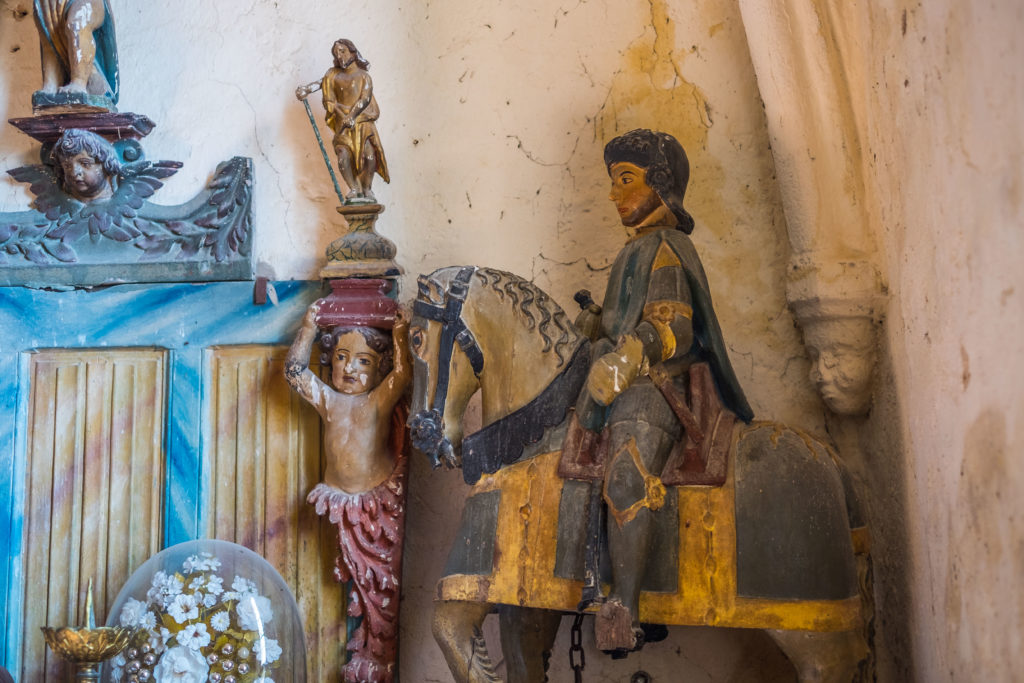
These are the stories that echo in the streets of Usson. Like all the other “most beautiful villages” in France, it has the requisite amenities for tourists and a couple of important historic buildings – especially the 12th-century Eglise Saint Maurice to which Queen Margot added her own little Gothic chapel.
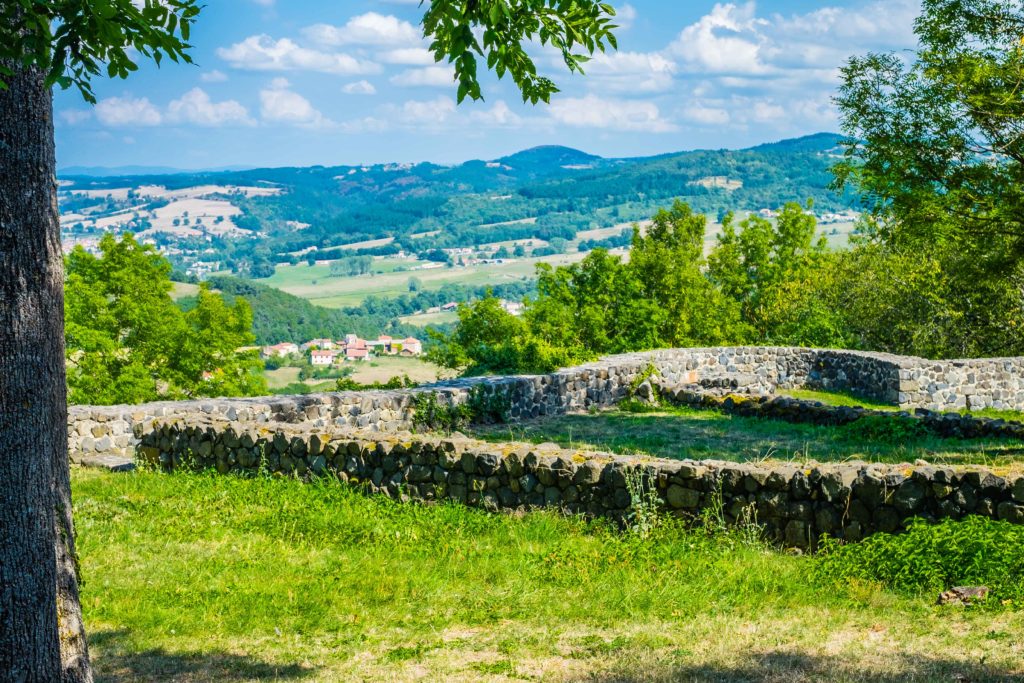
Sadly, the enormous fortress that marked Usson as a center of power in the heart of France has mostly disappeared – destroyed in 1633 on the orders of Cardinal Richelieu, who feared it might be used to threaten the power of the King. Some of its walls and foundations remain, though, and you can get an idea of its size and bulk as you walk around the perimeter of the village.
It’s the kind of village you might miss if it weren’t called out on the list of France’s “most beautiful villages.” It’s picturesque, seen from a distance, and the views from the top of the hill are spectacular. But the day we spent wandering in Usson was special to us, mostly because of all the stories we were able to conjure from the people and events that passed this way.
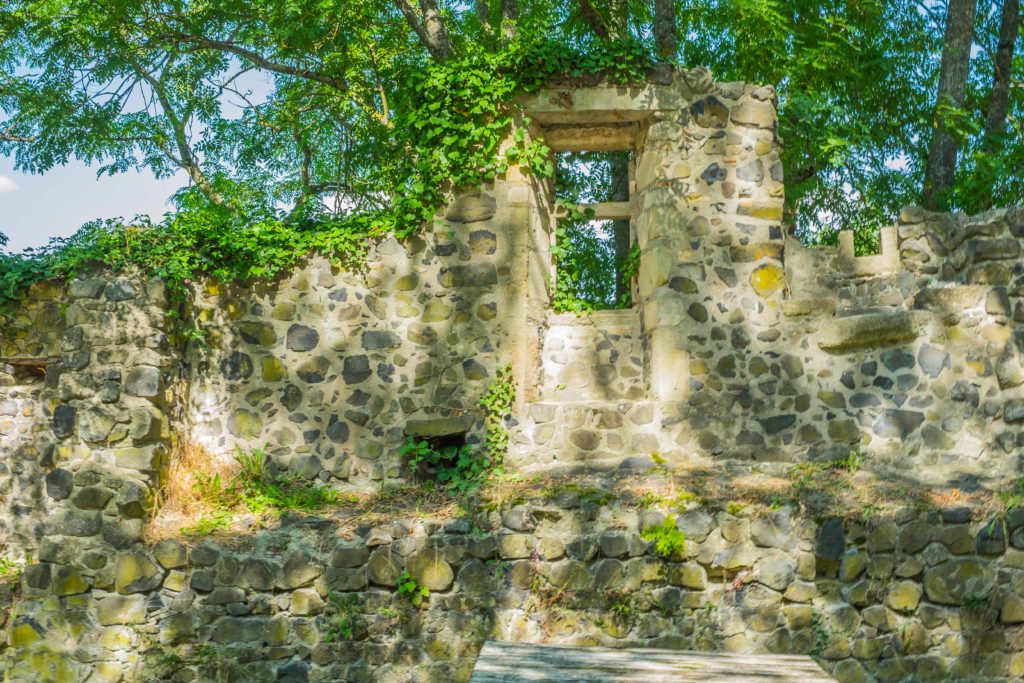
Is there a place in France where “the world fills up with stories” for you? Where in France have you most felt in the presence of historical events? Please tell us about it in the comments section below. As always, I’d be grateful if you’d pass this post on to others by using the “share” button for your preferred social-media forum below?
**Sarah Vowell is the world’s funniest serious historian – she writes mostly about American history, although if you’re interested in French history you should check out what she’s written on Lafayette and the links between France and the U.S.A.
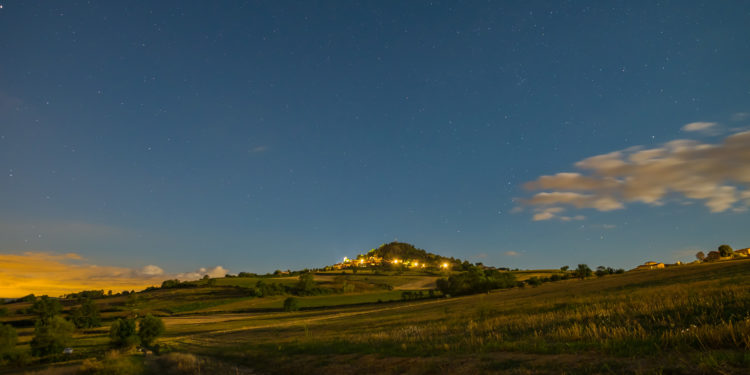

I really enjoyed reading about Usson and Queen Margot, and your beautiful photos didn’t hurt either! 🙂
Gwyneth, thanks so much for reading, and for your kind comment. I checked out your website, too, ( http://www.chez-perrier.com/ ) and really liked what I found there — beautiful photos and interesting stories about another part of France (Ardeche) that is not as well known as it deserves to be. I encourage anyone who likes the “deep heart of France” to visit your site, too. Thanks!
Thank you! It seems we both enjoy places that are off the beaten path, where there is incredible history, centuries old traditions, and delicious local food.